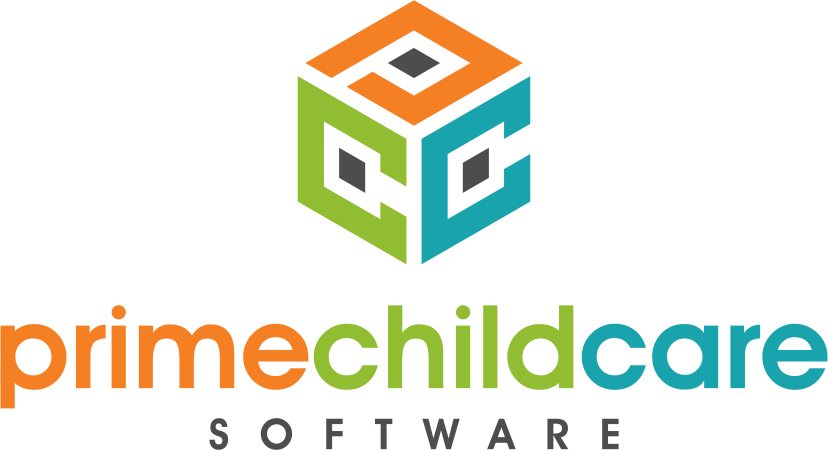
3 Lies About Daycare Teacher Evaluations
No one cheers when you announce there will be a staff evaluation soon. Read more for a few tips and tricks if you want to make the process go smoother! … Read More

No one cheers when you announce there will be a staff evaluation soon. Read more for a few tips and tricks if you want to make the process go smoother! … Read More

Businesses and franchises should remain open to new opportunities and re-evaluate their operations during this pandemic to ensure efficiency, survive the pandemic, and even thrive. Here’s how! … Read More

Cash flow keeps your daycare business healthy and enables it to accelerate during busy months and withstand lean ones. There are different ways to estimate and measure cash flow. Each has its merits and weaknesses, depending on your operational goals. … Read More

Now more than ever parents need to stay up-to-date with your daycare center. Getting them the information is easy. Getting them to actually read it, though, tends to be much more difficult. So how do you make sure important information is getting to parents? … Read More

The back-to-school season of 2020 will provide more distractions than ever for parents with school-age kids. Whether your daycare facility serves school age children, or many children with school-age siblings, you’ll face more challenges communicating with parents. … Read More

Finding the right balance with staffing numbers is always tricky, even in the best of times. Like most businesses, though, day care centers are making tough financial decisions to keep their doors open. … Read More
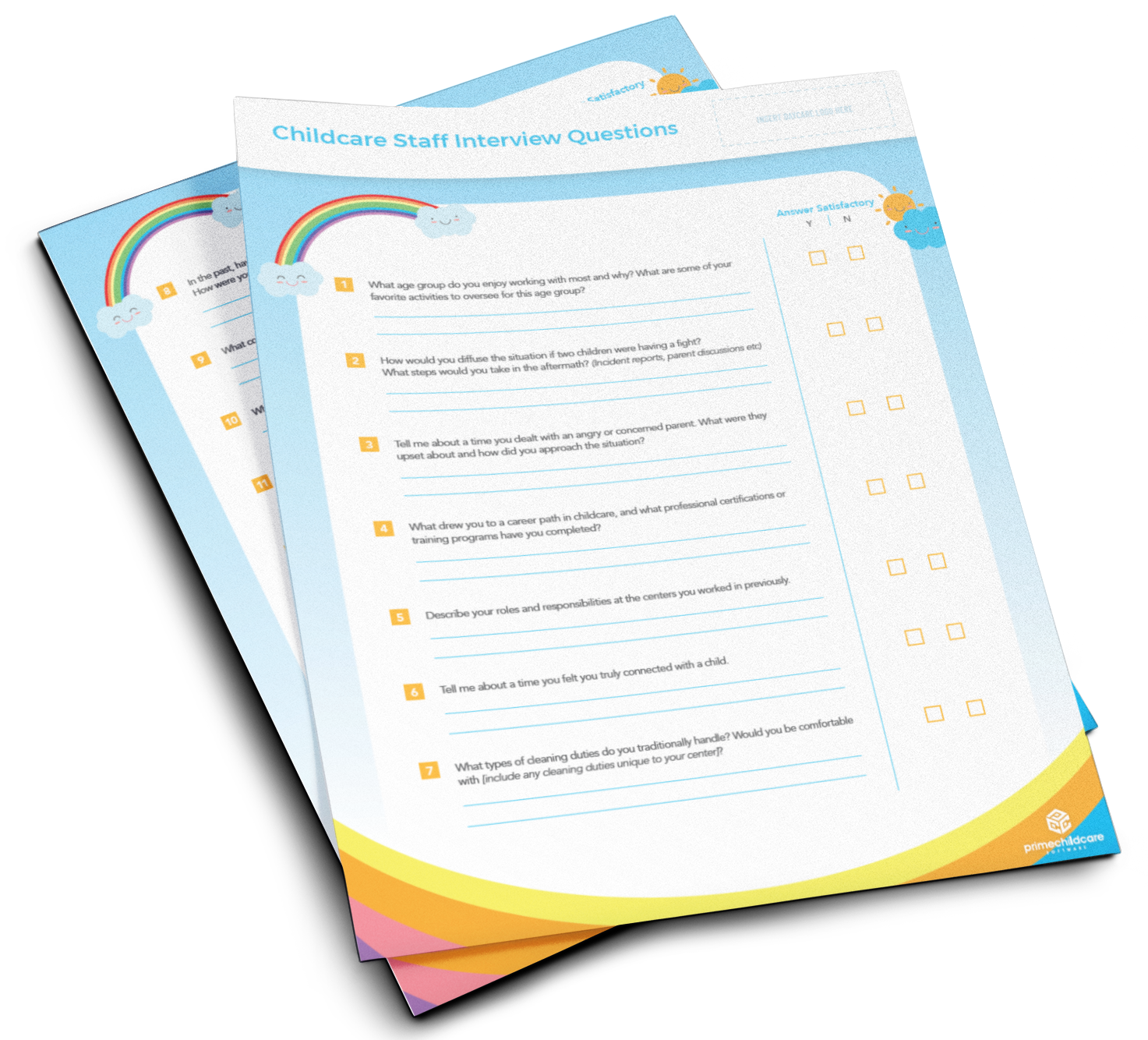
As you look to hire new employees for your childcare center, coming up with interview questions can be a struggle. We’ve compiled this free batch of thorough questions to help you get to know your childcare staff candidates, all right at your fingertips.
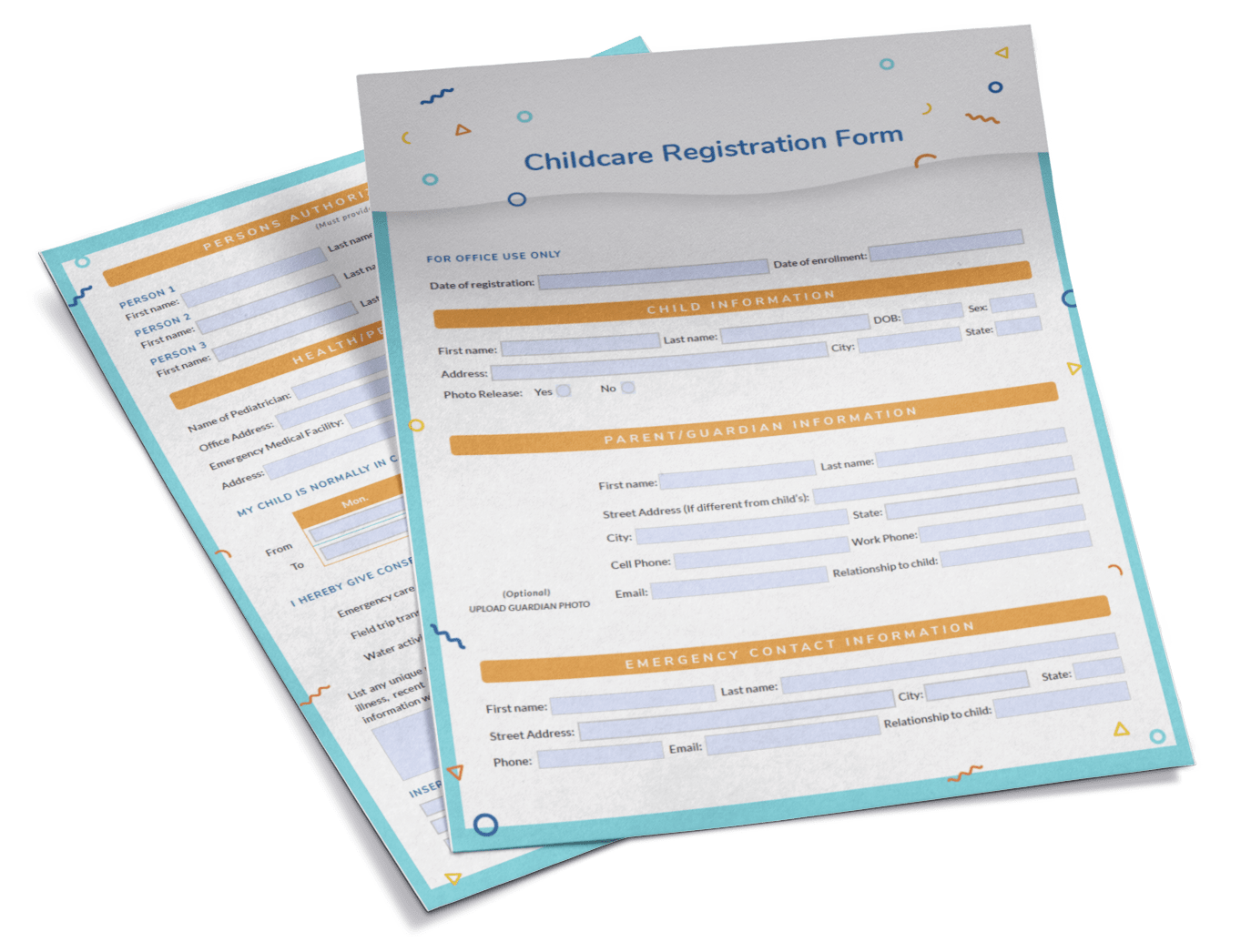
Knowing all of the information you need on an enrollment form for your center can sometimes be overwhelming. Check out this free enrollment form template to help ease the enrollment process for your center! … Read More

Opening a new daycare location can be a seamless process when you use the right childcare management software. … Read More

Hard times call for creative measures. Learn how to diversify your income stream with drop-in care. … Read More

Children love summer. With these July classroom ideas, you’ll keep them happy, engaged, and content all the way to August! … Read More

More parents are working from home than ever before. We share our best tips for encouraging parents to send their kids back to daycare. … Read More

You believe in the Montessori philosophy of learning. Now, all you have to do is share it with the world. Learn how to increase your enrollment with these social media marketing ideas. … Read More
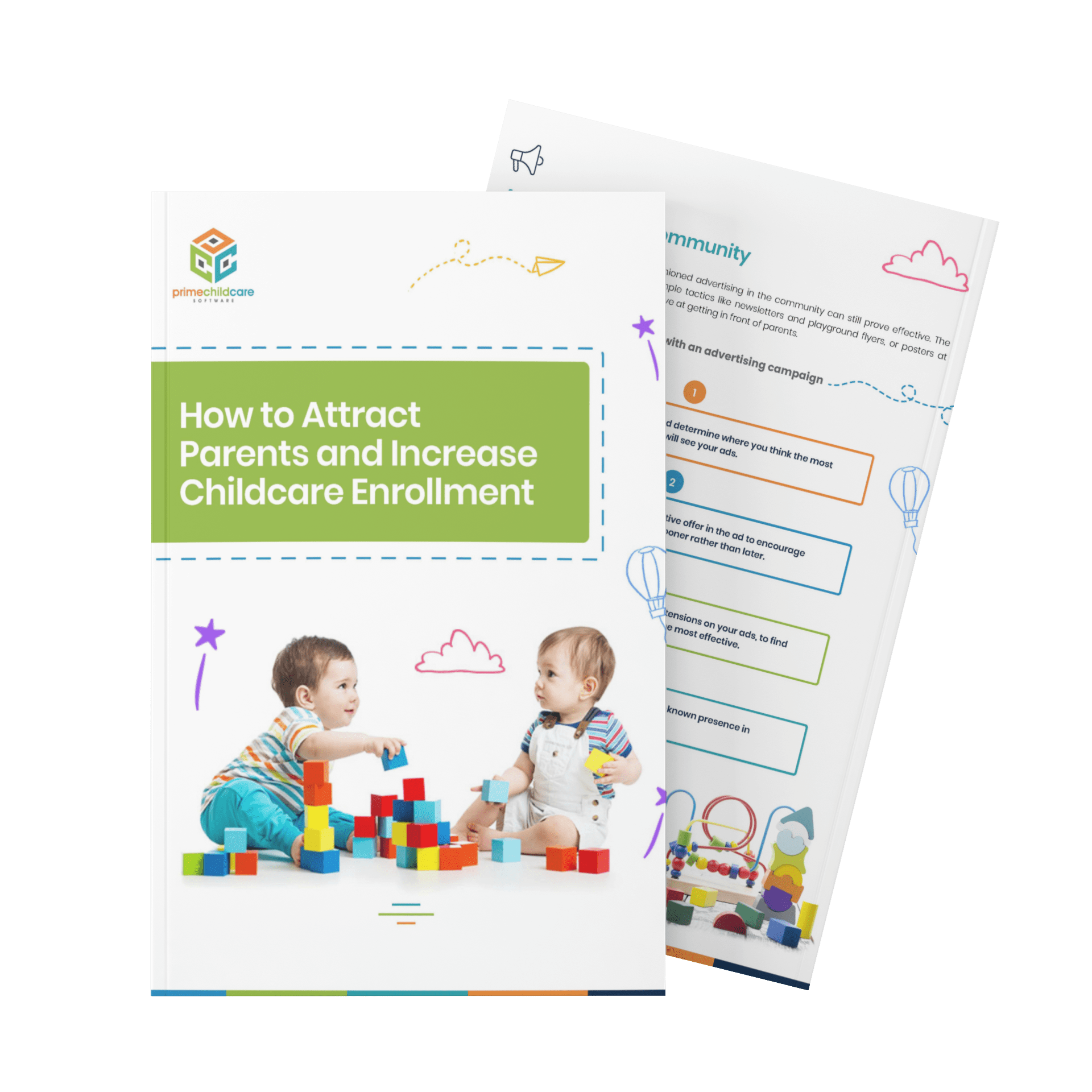
There is an art to attracting and winning over parents when you are trying to boost your enrollment.
Check out this guide for some tips that will help you to help tackle the question of how to increase the number of enrolled and waitlisted kiddos for your center. … Read More

How do you get parents to choose your daycare? Are you struggling to increase your enrollment numbers? If so, implement our top digital marketing strategies today! … Read More

Summer is finally here! Implement these classroom ideas to keep your young charges excited about learning. … Read More
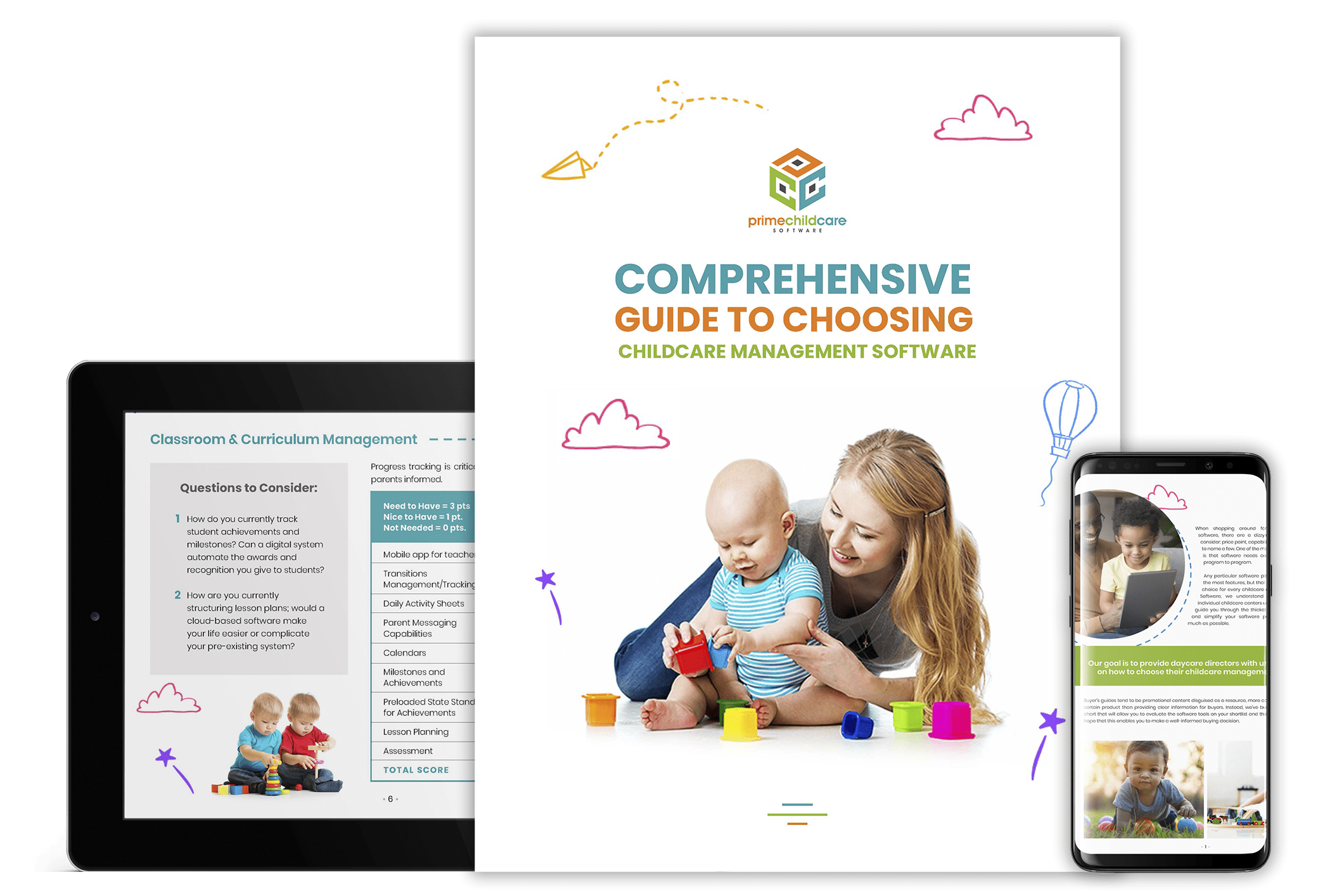
When shopping around for childcare management software, there are a dizzying number of factors to consider: price point, capabilities, and customer support to name a few.
Check out this comprehensive guide to help you find the best childcare management software for you. … Read More

Running a successful facility requires consistent and open lines of communication with parents. But, what happens when they ignore your attempts at communicating? This is where a dedicated daycare mobile app comes in. … Read More
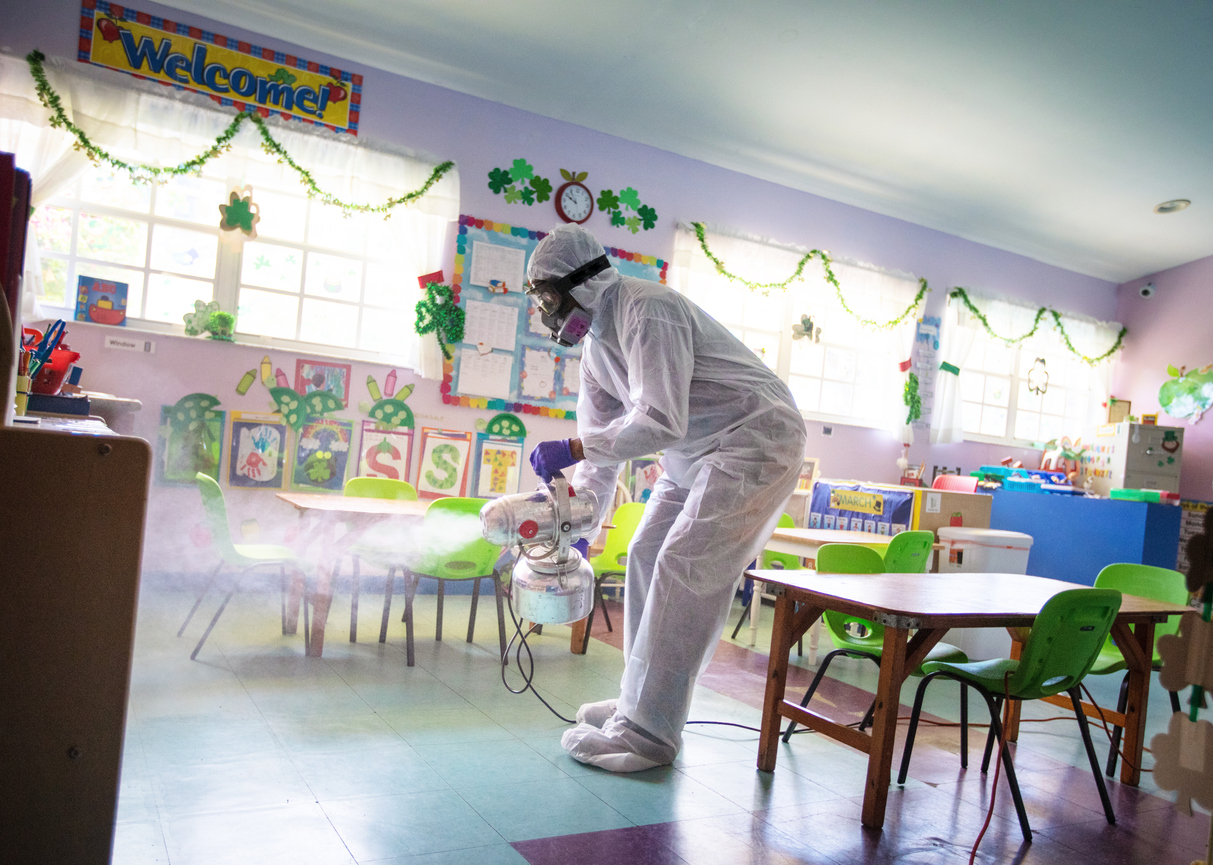
Are you getting ready to reopen your daycare? Get important information about what it takes to reopen safely post-COVID-19. … Read More

The benefits of parental engagement in early childhood education are many. Read on to find out how to increase parental engagement organically and seamlessly. … Read More
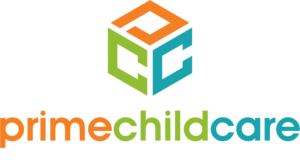
© 2025 Ledger Software, LLC. All Rights Reserved. Privacy Policy

